I had a conversation with a person the other day who told me the term white privilege made him think about sin. “It’s kind of a Calvinist idea,” he said. “It’s something you’re born with, and you can’t really get rid of, and you’re supposed to spend all this time repenting for it.”
A few days later, I saw a column by David Brooks that made almost the same point. Lamenting the five “epic crises” upon our current culture: the other four of which were quite vast—COVID-19, racism against African Americans, the public’s rejection of Republicans, and an economic depression—Brooks also included “Social Justice,” (his capitalization) in the list, which he called a “quasi-religion.”
There it was again. This characterization of what is largely a social movement against violence, and particularly violence targeted at Black people, as instead a fundamentalist religion, bent on creating zealots who fervently root out illusory “sins” among the flock.
I thought back to some of the less skillful diversity trainings I’ve attended over the years, in which participants are asked to verbally “acknowledge” or “admit” to “having” white privilege. They couldn’t see it; they didn’t ask for it; they didn’t want it; and yet, somehow, they were supposed to own it.
And if white privilege is something you “have”—well, then, it’s part of you. It indicates something about your character. When white privilege is framed this way, it sounds like an aspect of the self, like sexuality. It’s not a thing we can see, or objectify, but it’s something that permeates us and is expressed in our behavior. It can be lauded or labeled or judged or celebrated.
There’s something in the grammar of how the concept of white privilege is introduced and discussed, that is, that virtually guarantees the actual meaning of the term will be misunderstood and its purpose as an idea obscured.
Often, white privilege is introduced in relation to the history of white racism and violence against Black communities. When white people who may never have heard the term before, and who are trying at the same time to metabolize horrifying historical data about racial violence, the enslavement of Black people, and oppression — information that is largely suppressed from school curriculums, media representation, and everyday conversation — and then are asked to “admit” their “privilege,” they’re likely to protest, or emotionally freeze up, or respond with shame and rage.
And if that shame and rage is then received as more evidence the person does, indeed, “have it,” then they’re trapped in what feels like circular reasoning, with punishment and humiliation as the end goal. It’s this perception of social justice practitioners as intent on shaming and exhorting white people to change that I think has fed this false narrative that white privilege is akin to a modern-day sin.
In actuality, there is virtually nothing about the concept of white privilege that pertains to individuals — their morals, their characters, their personalities, their feelings.
The reason white privilege is nothing like sin is because sin is based on behavior. It’s something you can acknowledge, repent of, and change. The point of sin is to inspire the sinner to emulate the Divine, and in doing so, to treat others with the mercy, compassion, love, and generosity of the Divine. The presence of sin is to inspire the individual to change the way they act in the world.
There is no atonement for white privilege because white privilege isn’t an aspect of the individual self. And that’s part of why — at first — it’s so difficult to understand. The dominant culture addresses all of us as individuals.
We view advertisements, telling us how to be better people by buying certain products. We read self-help books, telling us how to be better people by changing our behavior. We get report cards in school, telling us how to be better students. Then we get evaluations at our jobs, telling us how to be better workers by learning new skills and working late. The dominant culture reinforces the idea that if we work hard, we will succeed, and if we fail — well, then, we need to work harder, smarter, to keep up.
Americans are not taught to “see” structures. We are taught to see everyone as individuals, and that the best way to address others is as if we are all equals. In fact, we are taught that it is borderline rude to talk about people as members of groups because it flattens and obscures what is special and unique about each person.
The term white privilege flies in the face of all this training in individualism. It’s a kind of shorthand. Like its cousin, class privilege, it indicates something about the way groups of people are placed in relation to one another in the social order. The “white” in white privilege is not meant to refer to individual people, each who happens to be white. Instead, the “white” in white privilege refers to the ways race, as a category, is a carrier of social codes, and is saturated with meaning and power.
The racial phenotype — that is, the series of physical characteristics, such as skeletal structure, height, hair texture, eye color, and skin tone — that is coded as “white” in a social order that is white supremacist is granted certain structural privileges, such as access to resources, economic capital, freedom of movement, and protection by the law, regardless of their individual merit or hard work.
This is not to say that white people, per se, cannot have experiences of economic hardship, personal suffering at the hands of other people, such as interpersonal violence, trauma, and abuse, mental health conditions, or other experiences that make it difficult to survive. White privilege is about social location in a hierarchy, not individual history. It is based upon a broad, historical narrative about what “whiteness” means, as a way of being and a system of organizing culture.
In the United States, the categories of whiteness and Blackness are inextricable from one another. It is virtually impossible to understand the function and meaning of whiteness without understanding the ways it serves to cordon off a group of people labeled as white from another group of people labeled as Black.
It is true that the United States is multi-racial. To only discuss whiteness in relation to Blackness is to leave out layers of racial complexity and the fact that many people are themselves multi-racial. It also excludes intersectional identities — the ways concepts of race exist in relation to other categories of identity such as ethnicity, gender, class, sexuality, or ability.
And at the same time, whiteness is not intelligible as a system of thought without the ideas of Blackness upon which it depends. That’s why anti-Blackness is distinct from racism against People of Color more generally, or against Indigenous communities, whose experience of racism is embedded in a different narrative of racism and place.
I think part of the reason so many white people tend to respond with irritation and offense when they learn about the concept of white privilege is because they are having the experience of not being recognized as individuals. Instead, they are being asked to see themselves as positioned in relation to a structure that is coded in racial terms.
It doesn’t matter if an individual white person wants to have white privilege or wishes she was never born in a country that is steeped in racism. Many white people respond with anger to the concept of white privilege, as if by taking umbrage at it, they could will away its effects.
But the word privilege isn’t indicating something about the self, or the self’s desires. It’s about the structure and the way the structure reproduces itself. White privilege is enacting the same logic as racism because it depends upon racism to make sense.
It can be inherently disconcerting to make the mental shift from seeing oneself as an individual who, through merit, hard work, and certain unique gifts, will freely advance and succeed, to instead seeing that same self as having the relative freedom to succeed by virtue of existing in a racialized category.
White people aren’t used to seeing themselves this way, because white supremacy teaches white people they are either unique individuals or the “norm” against which all others are measured.
What is happening with the introduction of white privilege as a term is that white people are being asked to see themselves as racialized. And they are learning to have the experience of all other Americans. They are having to hold the contradiction between a dominant culture that celebrates individualism, at the level of theory, but that operates through racialized and racist categories, at the level of practice.
Black people don’t want to be depicted as criminals, or as natural athletes, or as exotic, or angry, or threatening. They don’t want to generate anxious or defensive reactions from white people, and then have to worry about navigating white retaliatory violence. They don’t want to watch Black people shot and tortured daily, and then have to read articles about why it’s still happening, or listen to white media representatives’ hand-wringing about the problem, as if it’s so difficult to solve.
But the grief of individual Black people, and the excruciating daily trauma individual Black people endure, does little to stop the violence, because violence against Black people is justified by white supremacy, which represents Blackness as threatening to whiteness, and subordinate to whiteness. Global, white self-defense justifies and rationalizes violence against those who are coded as Black.
And so Black people, and People of Color more generally, have a lived experience of being racialized. Part of what W.E.B. Du Bois identified as “double consciousness” is, in fact, living the contradiction between a dominant culture that preaches individualism but practices seeing only one, racialized category, as deserving of individualism’s benefits. It is a hallucinatory framework for anyone to have to navigate.
White privilege is a term that is meant to do three things:
- To distinguish the racial coding of whiteness from other racial categories.
- To acknowledge that those people coded as “white” are socialized within a narrative of what whiteness means, even as this narrative is presented not as a racialized story, but instead as “just the way things are.”
- And to note that those who are labeled as white, as carriers of whiteness, will be perceived and treated differently, separately, from all other Americans.
White privilege is about a racial category, not an individual identity.
When white people misunderstand white privilege to mean an aspect of their selfhood is shameful, and then feel compelled to defend themselves against this charge, their preoccupation with self-defense takes center stage.
There’s a lot of ink being spilled, and a lot of books being read, about white emotionality and defensiveness in the face of Black suffering and pain. Time that could be devoted to collective engagement with difficult questions about violence, and economic inequality, and environmental racism is instead being devoted to the question of whether white people have the emotional stamina to witness and acknowledge the pervasive nature of white supremacy and its destructive impact on BIPOC communities.
And a second question lurks under this first one: Will white people stop putting their preoccupation with how other people perceive them ahead of the struggle to stop violence against Black people? What will it take for white people to shed their training in individualism and instead work collectively to undermine and dismantle structural racism?
Structural analyses of racism ask us to expand our definition of racism. It’s no longer that racism is solely an intentional act, committed by an individual who believes Black people or People of Color as a whole are inferior. Instead, it’s a series of interlocking structures that enable people who are coded as white to receive greater access to power, resources, legal protections, and freedom from violence than those coded as non-white.
When we change our definition, our frame for what racial justice means gets a lot bigger. What we see gets bigger. And what we can then feel, in response to this expanded viewpoint, gets bigger, too. So it’s correct to say that white people need to build emotional stamina.
White people are being asked not only to see the ways in which their success and their freedom are rooted in structures and narratives that came before them. They are also being asked to see the ways their success may have come at the expense, and suffering, of others.
To let that truth in, not only as a rational fact but as an emotional one, requires emotional capaciousness. It requires slowing down, enough to let the power of that fact sink in. And, I hope, it engenders the desire to enact change at the level of the structure; change that can only occur as a result of a mass movement against structural racism and economic inequality.
It is possible to carry white privilege and still work to understand and dismantle structural racism. It is possible to carry white privilege and learn how whiteness works as a way of being, rather than an identity. The problems that are facing us as a culture are enormous, challenging, and interconnected. To stay in the cocoon of privilege when so many are being shot and killed in the streets is unconscionable.
But this is the paradox of structural understandings of racism: they ask us to hold the enormity of the problem, yet at the same time, they free us, as individual selves, from being solely, personally, responsible for knowing how to overcome and transform the problem. Structural understandings of racism ask us to work as a collective because the structures are upheld and maintained by the collective. The unbearable self-consciousness with which some white people are navigating their burgeoning engagement with racism is only useful to the extent to which it goads them to learn, grow, and join with others.
It is not useful to remain mired in shame if it blocks the capacity to act. What is needed is engagement not with individual self-actualization, but with vast structures of power, structures that will respond not to any one, heroic, self but instead to an enormous call for mobilization, sustained engagement, and a refusal to stop until we see true change.


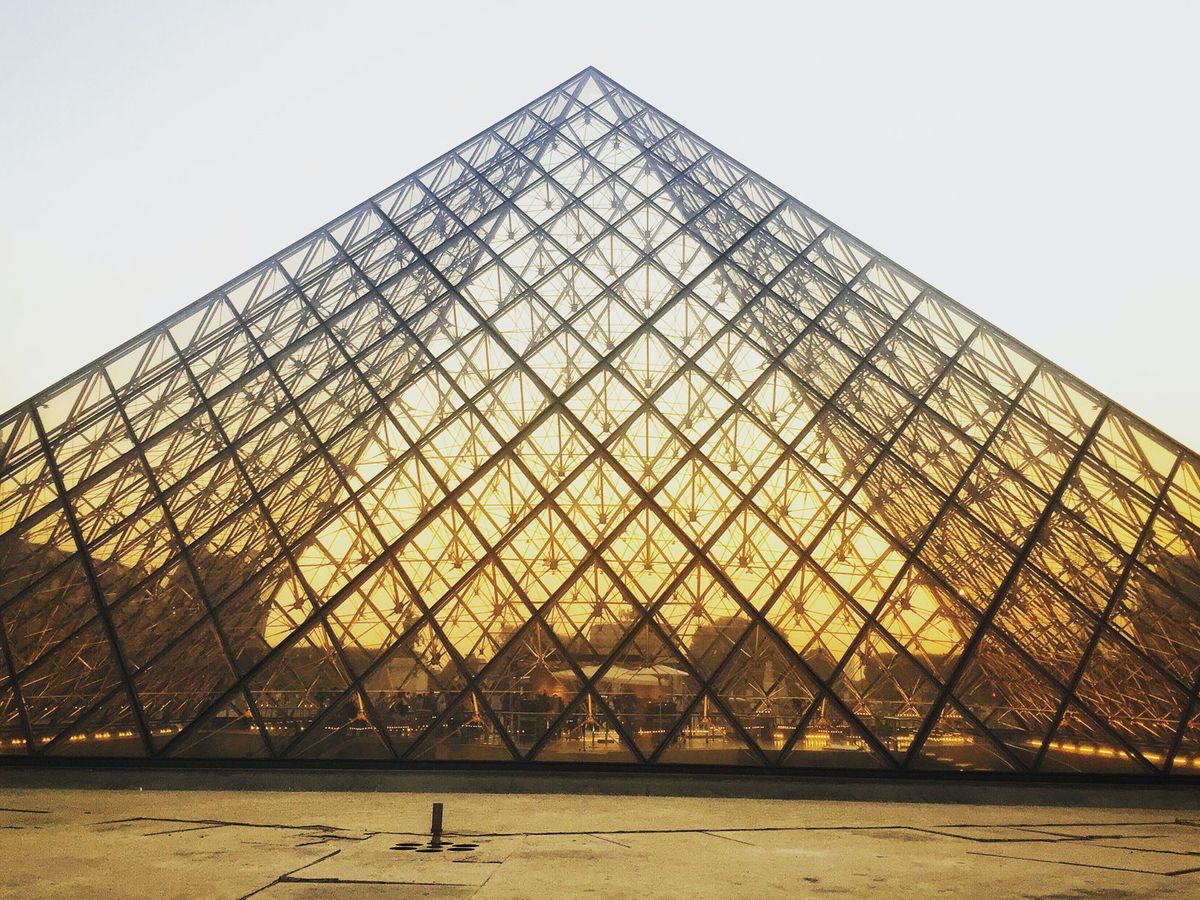
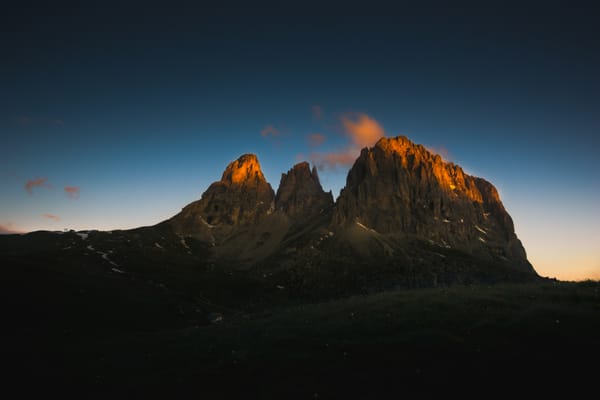



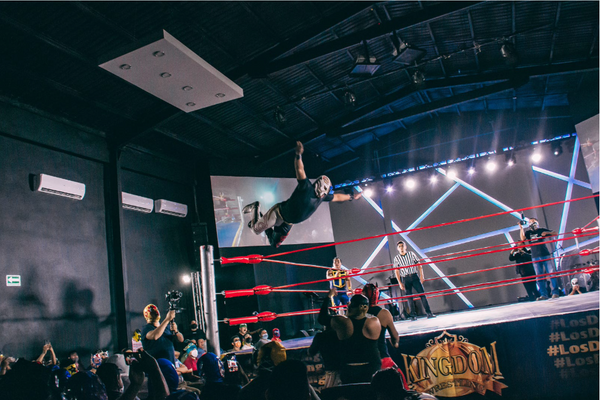

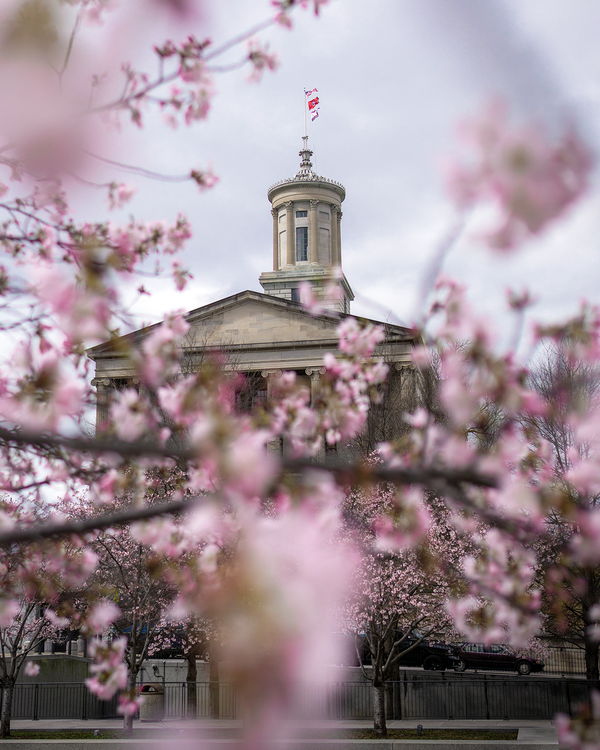
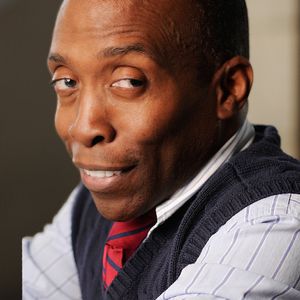
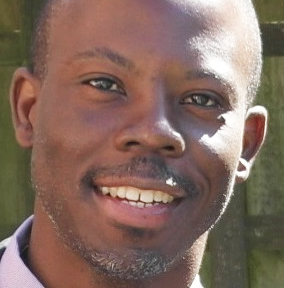
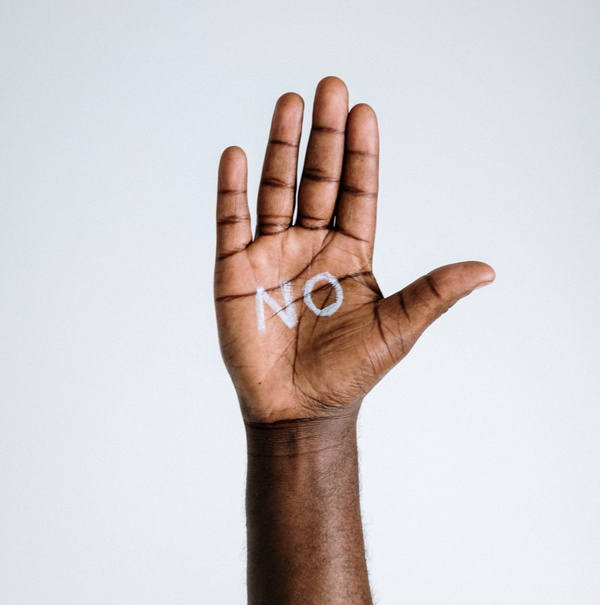
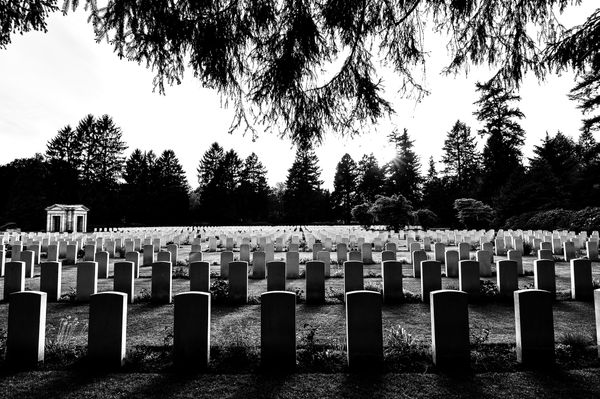
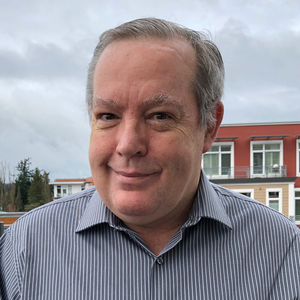
Member discussion